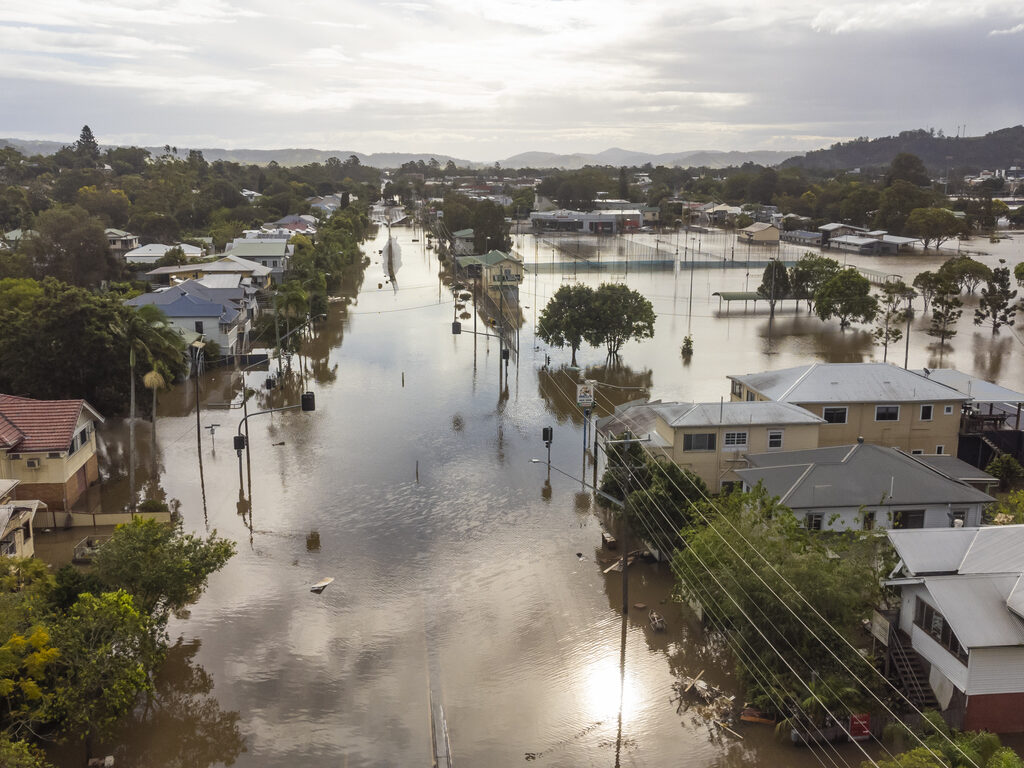Increasing numbers of people are being affected by larger, ever more complex and more expensive disasters because decision makers are failing to put people first and prevent risks from becoming disasters. This is the conclusion of a multi-country review by the United Nations Office for Disaster Risk Reduction (UNDRR).
The review looked at how countries are implementing the Sendai Framework for Disaster Risk Reduction, an international agreement with seven targets adopted in 2015 by 187 countries.
Eight years into its implementation, a Report on the Findings and Recommendations of the Midterm Review of the Sendai Framework found that “progress has stalled and, in some cases, reversed.”
Among the troubling reversals is that there has been an 80 percent increase in the number of people affected by disasters since 2015. Moreover, the costs of disasters remain high, with an average above US$ 330 billion per year between 2015 and 2021, which is estimated to be significantly undervalued.
Mami Mizutori is a Special Representative of the UN Secretary-General for Disaster Risk Reduction and head of UNDRR.
“One doesn’t have to look hard to find examples of how disasters are becoming worse. The sad fact is that many of these disasters are preventable because they are caused by human decisions,” she said.
“The call to action of the Midterm Review is that countries need to reduce risk in every decision, action, and investment they make,”
Many of these disasters are climate-related, and in light of the latest warnings from the Intergovernmental Panel on Climate Change, countries are likely to face even worse disasters if global temperatures continue to rise. The impacts of which are brutally unequal, with developing countries hit the hardest.
The report points to the rapid accumulation of risk that is building up, intersecting with the risks of breaching planetary boundaries, biodiversity and ecosystem limits – which is spiralling out of control. The world’s societies, technologies, and environments have become connected, and disasters can spread quickly. The COVID-19 pandemic began as a local outbreak in 2019, but spread around the world to kill over six million people by the end of 2022 and damage the global economy.
The report also points to areas of progress, including on data quality and analysis, and how countries are organising themselves to adopt a prevention-oriented approach through national disaster risk reduction strategies. These have a key objective of ensuring strong and inclusive governance systems to manage disaster risk and their potential to cause a cascade of dangerous effects. To date, 125 countries have reported developing such strategies
Disaster preparedness has also advanced and is now more effective in saving lives. This is reflected through a decline in disaster related mortality (barring COVID-19 impact) from 1.77 per 100,000 global population in the decade 2005-2014 to 0.84 in the decade 2012-2021. A safer world is achievable. If countries, regulators and the key sectors that our lives depend on invest the resources to understand and reduce risks, disasters can be prevented.
The report captures several recommendations, which will be discussed on 18 and 19 May at a meeting of the UN General Assembly in New York.
You can download The Report of the Midterm Review of the Implementation of the Sendai Framework for Disaster Risk Reduction 2015-2030at this link.












